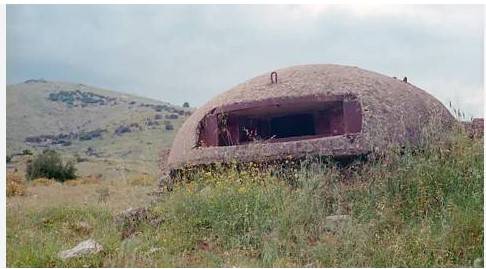The situation in Kurram has once again drawn national attention as authorities continue the demolition of bunkers belonging to both factions. According to official sources, 124 bunkers have been dismantled so far, and efforts to restore normalcy are in full swing.
The government is also ensuring the smooth supply of essential goods, with 853 supply trucks having reached the area. Additionally, Bagan Bazaar is undergoing rapid renovation, and financial aid distribution to displaced residents is in progress.
On the surface, these efforts seem to be a step toward lasting peace, but a deeper analysis raises crucial questions. Is the demolition of bunkers truly a solution to the underlying conflict, or is it merely a short-term strategy that fails to address the root causes of unrest? While removing defensive structures may seem like a necessary action to de-escalate tensions, history has shown that peace cannot be enforced through physical demolitions alone.
The very existence of these bunkers points to a deeper security vacuum in the region, where communities feel the need to arm and defend themselves. Without addressing the causes of hostility, these measures might only provide temporary relief rather than a long-term resolution.
The fact that 853 supply vehicles have been sent to the region highlights the logistical efforts being made, but does it truly reflect a return to normalcy? Kurram, like many conflict-affected areas, needs more than just aid—it needs sustainable economic opportunities.
Infrastructure projects such as the renovation of Bagan Bazaar are commendable, but will they be enough to restore confidence among the people? A stronger economic recovery plan is needed to ensure that local businesses and daily life can function without constant disruptions.
The ongoing financial assistance to displaced individuals is another key factor in the government’s response. While this aid is essential in the short term, the real question is: Will this translate into lasting stability? Many affected families need more than just monetary compensation—they need security, education, and livelihood opportunities. Without these, the risk of recurring violence remains high.
If the goal is true peace, then the authorities must look beyond demolishing bunkers and distributing aid. They must focus on engaging all stakeholders, including tribal elders and local communities, in a long-term peace process.
Economic empowerment through job creation, education, and trade routes should be prioritized to ensure stability. Strengthening law enforcement and conflict resolution mechanisms is crucial to preventing further violence.
The government’s actions in Kurram are a step in the right direction, but whether they lead to sustained peace or just temporary calm depends on how deeply the underlying issues are addressed. Without a comprehensive plan, the cycle of conflict could repeat itself, making these efforts nothing more than another chapter in a long history of short-term fixes.


